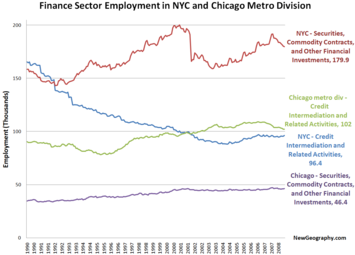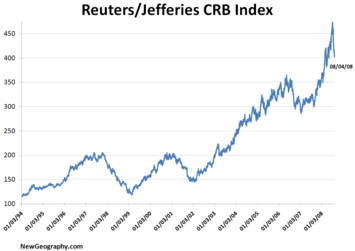According to this report by Greenberg Quinlan Rosner research, the American public is restive for "bold change." One of the key findings of the report is that: "Voters are looking for dramatic action. Just 35 percent of voters say we can solve America’s problems with minor changes, while nearly two-thirds believe it will take 'major changes' to bring about solutions." And these respondents look more favorably upon the political legacy of FDR, rather than Reagan, to affect that change.
This climate of political disenchantment is similar to the one that greeted FDR when he entered office. Americans had gone through 12 years of Republican administrations; they viewed Hoover as grim and ineffectual as a leader. His predecessor, President Coolidge, had a famous line that "the business of government is business" which did not exactly resonate with the masses in the fall of 1932. People were ready for boldness and a different approach to economics and government and they got it.
Memo to the candidates to "make no small plans."














